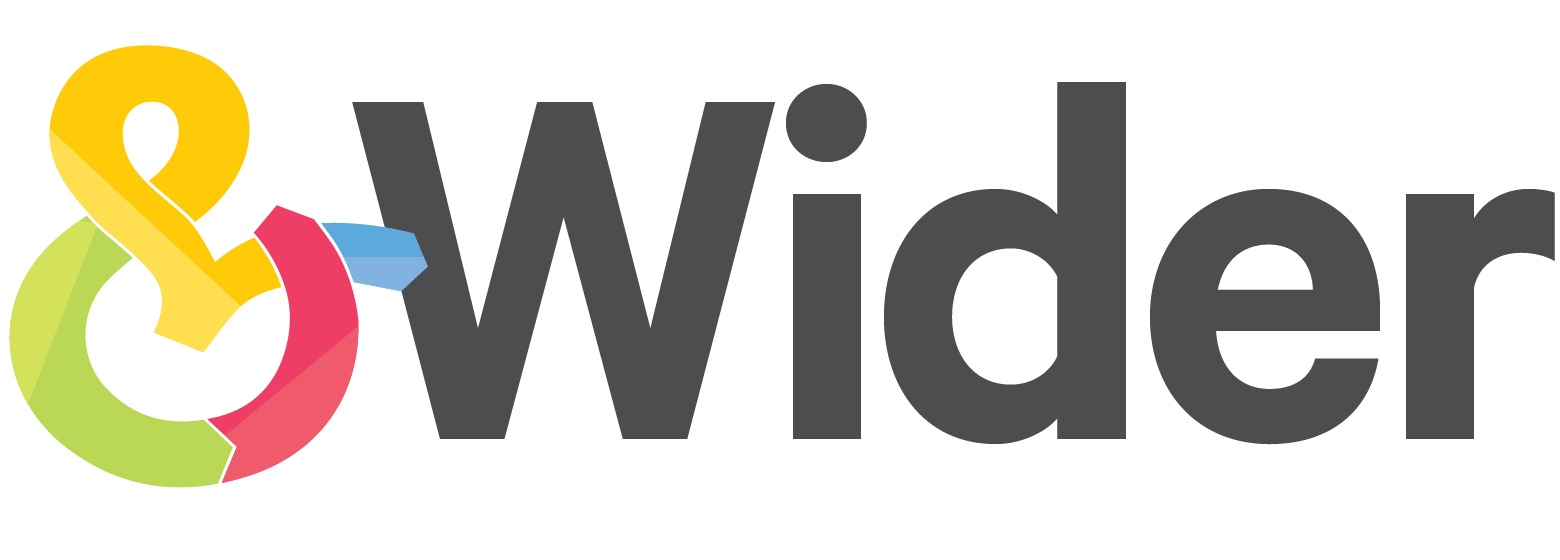Unlocking Success: Three Tips for Meaningful Human Rights Due Diligence
This blog series is co-authored by Lea Esterhuizen from &Wider and Gwendolyn Remmert from Sustainable Links. Together, our organisations aim to provide insights and practical strategies for mastering Human Rights Due Diligence. Learn more about Sustainable Links.
In our previous blog, we explored the critical choice businesses face in implementing human rights due diligence (HRDD), highlighting the crossroads we are at: between the compliance route and the journey of meaningful transformation. Now, it's time to move from theory to practice.
In this second instalment of our series, we want to provide you with three essential tips to help you embark on that transformative journey. These actionable strategies are designed to not only ensure compliance but also foster sustainable growth, enhance stakeholder relationships, and transform your supply chain into a resilient and positive force. Let’s dive in:
Stop what you are doing right now. It will take most companies a substantial amount of time to be due diligence-ready with the necessary training needed for staff and embedding an understanding of a risk to people perspective into business practice including setting up or adapting respective management systems But all of this can only be successful if you have an understanding of what should be different in the end, how you would recognise that you are in fact on the right path. Pause your various efforts to meet different external expectations and take the time to understand the impacts of your business on people and the environment, map out the different internal stakeholders and current measures supporting or counteracting addressing negative impacts. By acknowledging internally that these impacts exist you open up the space for finding solutions instead of fighting the acknowledgement of the problem itself.
(Re-) open the space for uncertainty and questioning. It takes time to bring the different departments on board for the journey, not only procurement but also other central functions, different areas of the business, and C-level colleagues. Empower your colleagues to better understand the nature of potential impacts and their role in avoiding harm and promoting positive impacts. E.g. in procurement, build the capacity of colleagues and create space to flag an issue or suspicion, encouraging a culture where colleagues question when a procurement offer seems “too good to be true”. Enrich the questioning with data and actual information on what is happening on the ground. In a cross-functional exercise, dare to think what a different sourcing model could look like in the future, and what that means for our product portfolio, our customer base and our investments.
Start to view your transactions as partnerships. Good HRDD will require reliable insight from suppliers and their workforces. This needs to be based on data that is as close to the day-to-day realities of workers and communities as possible. If the supply base and information are too large to oversee, the key could be not to invest in ever more complex tools to manage a lot of superficial information, but rather to decrease that supply base and invest in better relationships and in-depth information with those that remain. At the same time, part of that partnership is to reflect on your own purchasing practices and how those might negatively impact rightsholders along the supply chain. These pieces of the puzzle will put you in a position to work on negative impacts collaboratively rather than pushing responsibility back and forth.
Our Advice: Embrace this Opportunity
A sustainable supply chain is a continuous learning journey. A company practises sustainable management of its value chain through a process of continuously assessing risks and impacts, addressing and learning from adverse impacts together with your colleagues, your suppliers and those potentially affected. If done correctly, HRDD can be elevated away from a compliance exercise into a value-generating exercise for everyone. Why not view this compliance moment simply as an invitation to do what future-oriented companies are already doing – embracing the challenges ahead as a space for innovation and viewing it with a “one team” attitude? The real task is not meeting legislative requirements, but addressing the most pressing social and environmental issues our economic system is facing – assuming that only those businesses that present responses to those issues will last.

